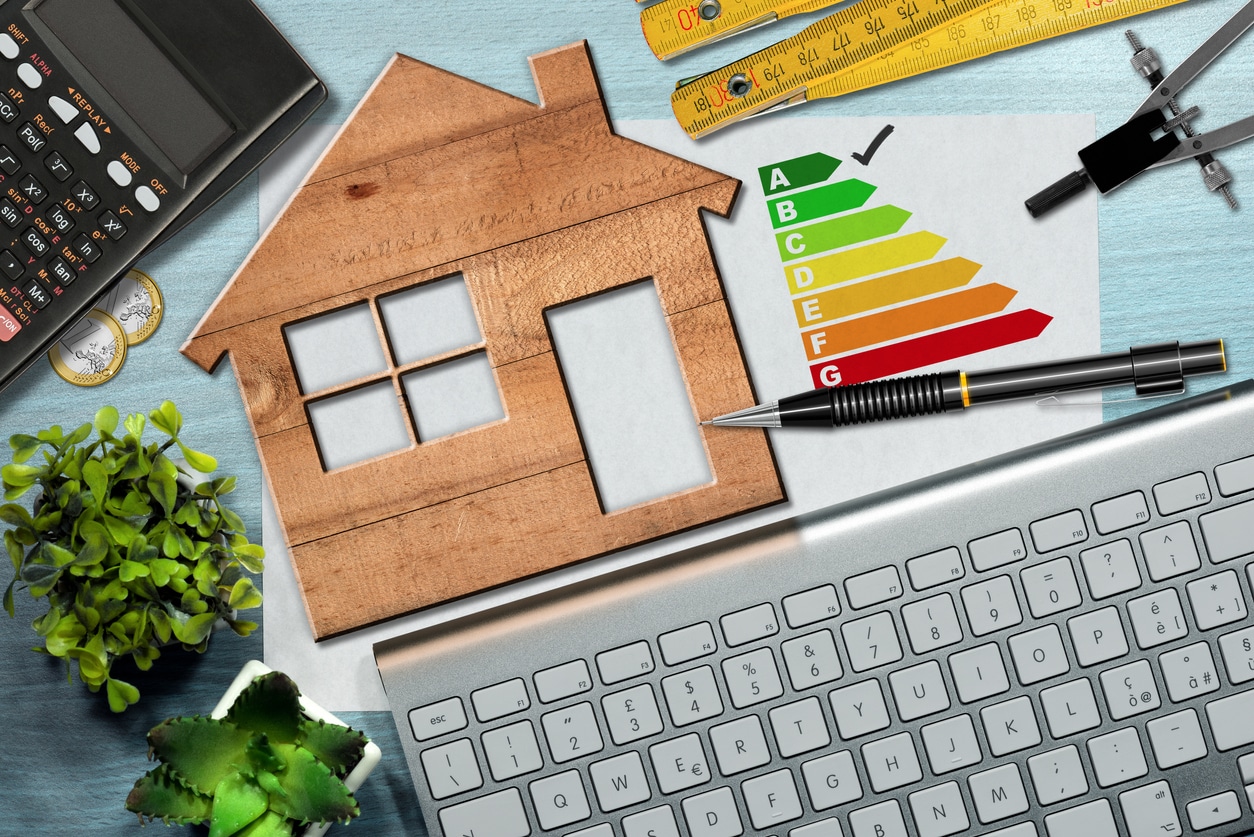
Teaching Sustainability in Construction Education is Crucial to Our Planet’s Lifespan
People have built structures with little knowledge of their environmental impact for hundreds of years. However, the effects have become too hard to ignore. Construction education must teach about sustainability to extend the planet’s life. Here’s how the building sector has impacted the environment and how it can use education to set up the next generation for success.
How Construction Has Impacted the Environment
Buildings are necessary for human shelter — you need them for work, school, restaurants and other public facilities. Growing populations worldwide have led to more building opportunities. However, generations of construction are starting to catch up with the planet. Many structures you see aren’t environmentally conscious, whether through energy consumption or sourced materials.
The building sector is one of the primary culprits of global warming. A 2019 International Energy Agency report says the industry is responsible for 36% of global energy consumption and 39% of energy-related carbon dioxide (CO2) emissions. Change is necessary for construction to improve sustainability and provide opportunities for the next generation to affect change.
Why Should Educators Teach Sustainability?
The demand for sustainable buildings has increased significantly. A National Association of Home Builders study finds over 70% of buyers desire green features like Energy Star-rated windows and appliances. Incorporating environmentally conscious components requires education and equipping those with the knowledge of sustainable building practices.
Sustainability in education begins in grade school. Education systems should start teaching about sustainability and environmentally friendly practices, even at the elementary school level. Teachers can have students participate in environmentally friendly activities like recycling and composting. With enough sunlight, the classroom can window could be an excellent location for an indoor garden.
Environmental education makes students think about the planet when developing their approach to job sites. An educated set of graduates each year means the construction industry is more likely to evolve.
How Can Construction Education Teach Sustainability?
Sustainability in construction means teaching students about it during their post-secondary education. Vocational schools, community colleges and other institutions should implement courses discussing the building sector and how you can help the environment instead of hurting it.
Take the Royal Melbourne Institute of Technology (RMIT) in Melbourne, Australia, for example. In 2010, RMIT began a course called Managing for Sustainability. The course teaches you about sustainability through construction’s ecological footprint, society and culture, the natural environment and the economy.
Nowadays, construction education should teach students about environmental, social and governance (ESG) strategies. ESG scores are essential because they demonstrate a company’s social responsibility. More construction businesses implement ESG strategies to appeal to environmentally conscious investors and keep up with competitors in the market.
If you need inspiration, use the United Nations or the Sustainability Accounting Standards Board for your ESG framework. These organizations provide guidelines for companies in numerous industries.
Developing an ESG strategy is half the battle — the next step is to track your execution. Use key performance indicators to monitor your ESG goals and make changes along the way.
In construction, your ESG strategy may include using sustainable materials, implementing renewable energy, reducing waste and eliminating CO2 emissions on the job site. These actions help the surrounding environment and make your business more satisfactory to consumers and investors. You can use ESG strategies to find new stakeholders who share your beliefs and move your company forward.
Ways Construction Workers Can Educate Themselves
Sustainability education is vital for the next generation of construction workers, but there are ways to go a step further. Young professionals in this sector can improve their marketability by achieving certification for green building. Modern home buyers and construction companies are more likely to hire you if you have trained in sustainable practices.
For example, you can get GPRO certification through the Urban Green Council. This program teaches you about high-performance construction and best practices with sustainability. You’ll learn about making homes certified with Leadership in Energy and Environmental Design (LEED), Energy Star and other essential certifications clients seek.
You can learn more about LEED by becoming a LEED Green Associate through the United States Green Building Council. The program teaches core competencies in green building and has educated more than 200,000 construction professionals. Passing the exam means you understand green building practices and how to construct a LEED building.
What Real-World Examples Teach Sustainability?
The best way to learn about sustainability is to see it in action. Eco-friendly education is an excellent starting point and you can take the next step by incorporating it into your career. These three examples demonstrate learning sources for the next generation:
Battery-Electric Machines
Fossil fuel consumption is a significant problem in the building sector. Many job sites you see use gas and diesel-powered machines to run. Consuming fossil fuels increases your carbon footprint and contributes to air pollution in the surrounding community. One way to improve is by switching to battery-electric machines.
Fully electric machines benefit construction projects. They have no tailpipe emissions and are much quieter, reducing noise pollution. Workers won’t have to worry about inhaling toxic fumes. Plus, they can keep the old machines and save money. For example, many companies retrofit their fossil-fuel-powered machines, thus reducing demand for raw materials to manufacture new systems.
Modular Construction
A new trend emerging in construction is modular or prefabricated housing. This process entails building homes inside a climate-controlled facility. The builder constructs much of the structure inside the factory, requiring only on-site assembly.
You can learn sustainability through modular construction’s waste reduction. Architects often use 3D printers to generate building sections. The builders know how much each material to use because they have digital files to replicate any structure on demand. Modular construction can build a house in three or four weeks — faster than your typical stick-built home.
Constructing a home indoors means you’re not depending on the weather to cooperate. Rain, wind and extreme heat can significantly impact your job site and construction timelines, but modular housing facilities remain largely unaffected by weather.
Building Information Modeling
Technology is your friend regarding sustainable practices. Leveraging new software, artificial intelligence and machine learning are vital for visualizing your job site and environmental impact. 3D printing is a terrific way to enhance the building experience and you can couple it with building information modeling (BIM).
BIM has become a valuable tool for sustainability. Project managers use this software to determine the energy efficiency of buildings and find ways to lower CO2 emissions. BIM gives you accurate estimates of cost, building materials and safety before anyone steps on the job site. A key feature of BIM is its use after project completion — contractors can use BIM to track buildings and ensure they maintain optimal levels of energy efficiency.
Teaching Sustainability for the Next Generation
The next generation of construction professionals is vital to the planet’s future. The first step is to make sustainability a core part of grade school and post-secondary education. Producing informed graduating classes will help them in any field they enter – especially construction. Building professionals can take sustainability lessons and use their careers to improve the planet.



Post a comment